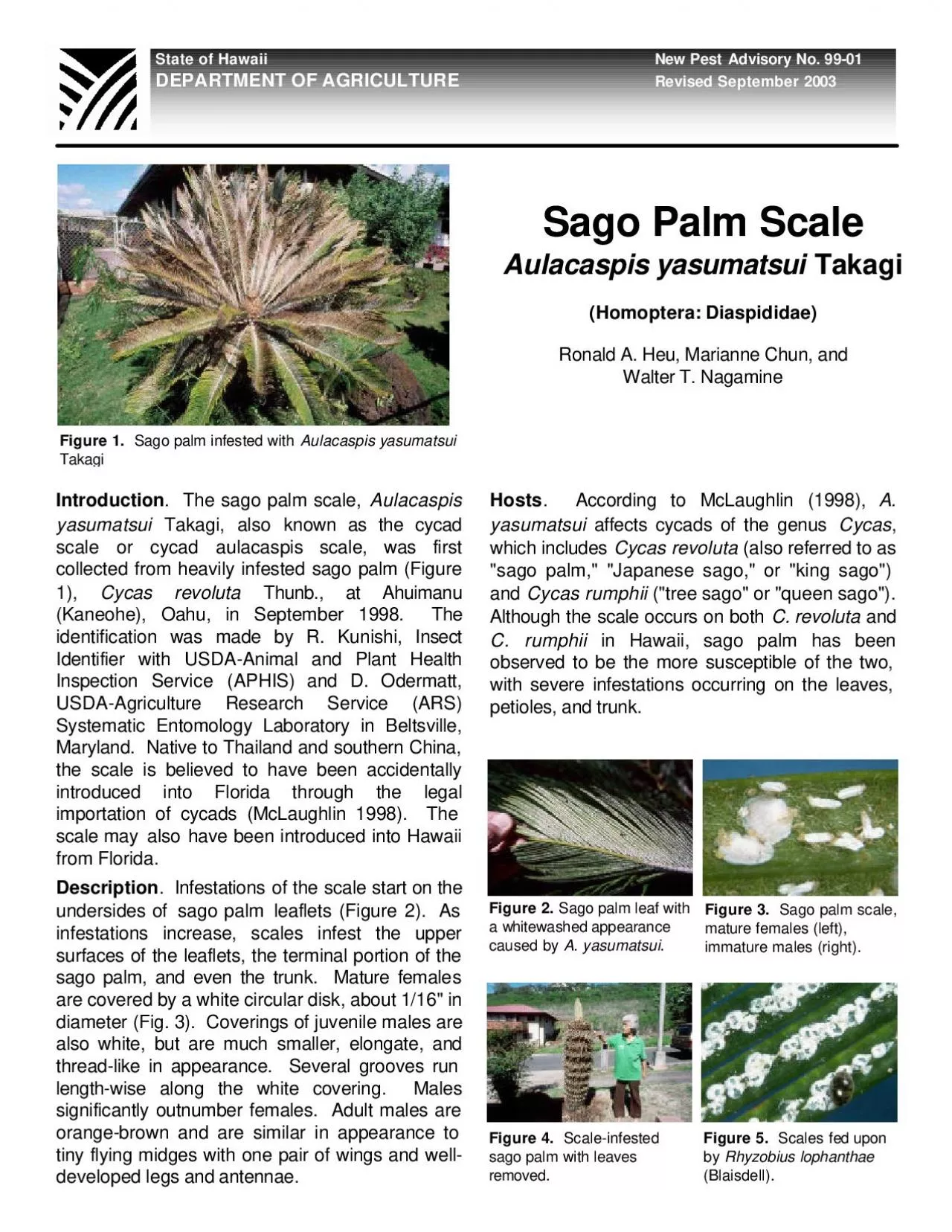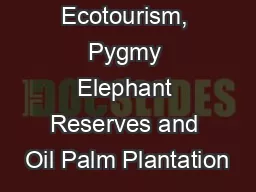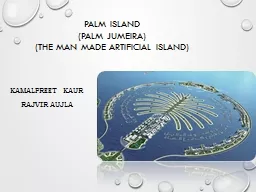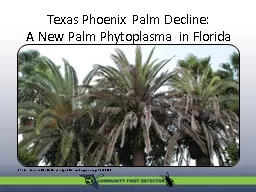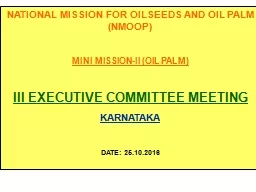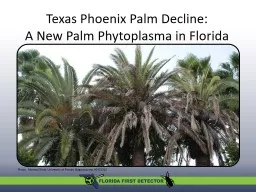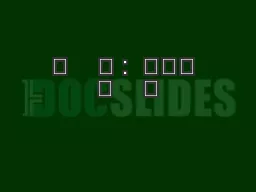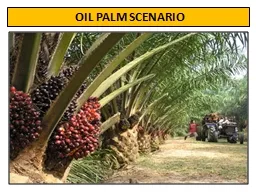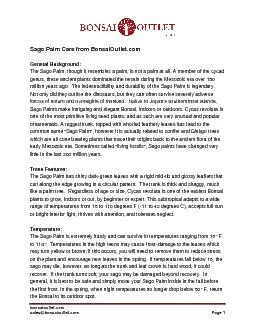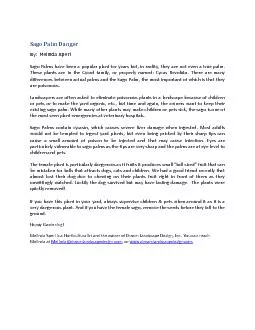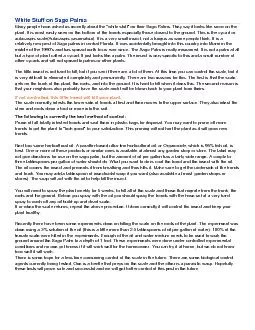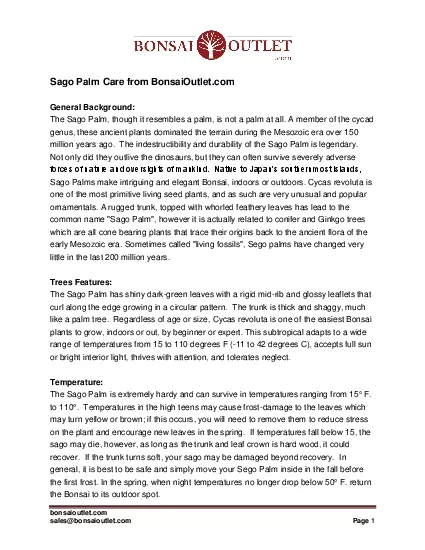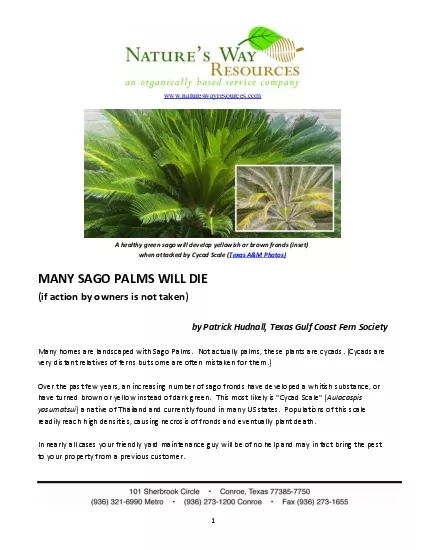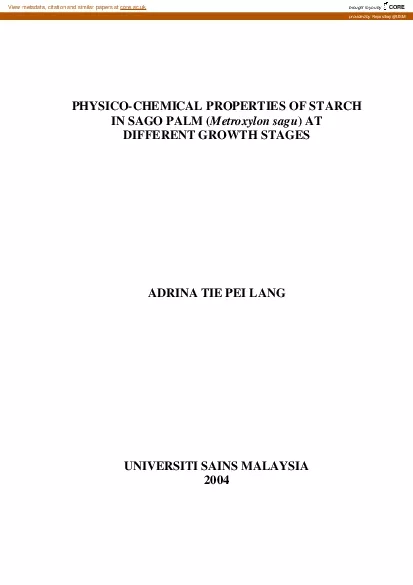PDF-Sago Palm Scale Aulacaspis yasumatsui Takagi Homoptera Diaspididae
Author : thomas | Published Date : 2021-08-11
State of Hawaii New Pest Advisory No 99 DEPARTMENT OF AGRICULTURE Revised September 2003 Figure 1Sago palm infested with Aulacaspis yasumatsui Takagi Figure 4infested
Presentation Embed Code
Download Presentation
Download Presentation The PPT/PDF document "Sago Palm Scale Aulacaspis yasumatsui T..." is the property of its rightful owner. Permission is granted to download and print the materials on this website for personal, non-commercial use only, and to display it on your personal computer provided you do not modify the materials and that you retain all copyright notices contained in the materials. By downloading content from our website, you accept the terms of this agreement.
Sago Palm Scale Aulacaspis yasumatsui Takagi Homoptera Diaspididae: Transcript
Download Rules Of Document
"Sago Palm Scale Aulacaspis yasumatsui Takagi Homoptera Diaspididae"The content belongs to its owner. You may download and print it for personal use, without modification, and keep all copyright notices. By downloading, you agree to these terms.
Related Documents

